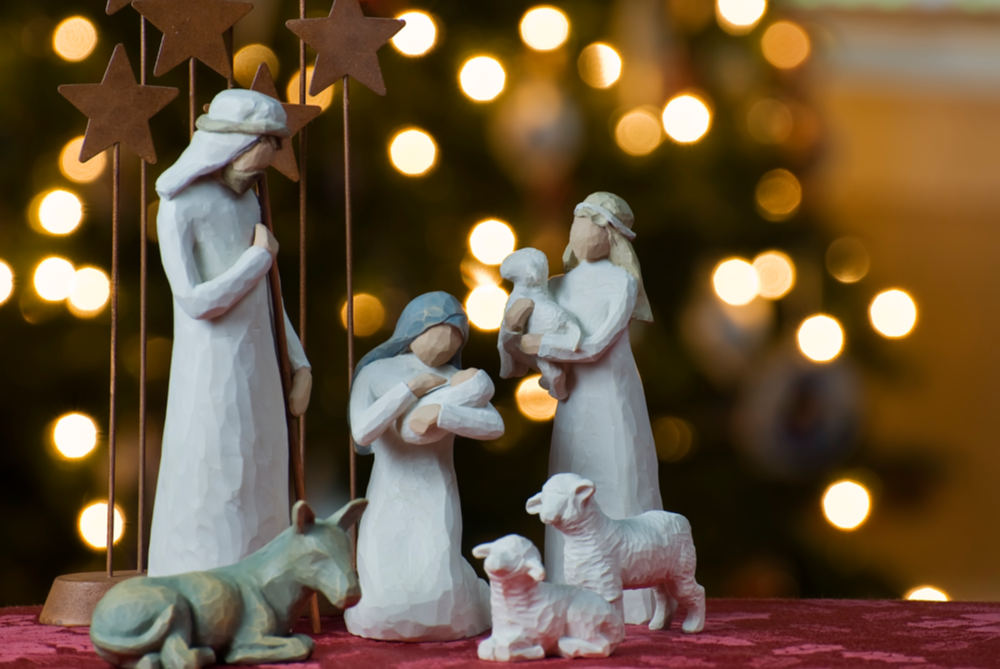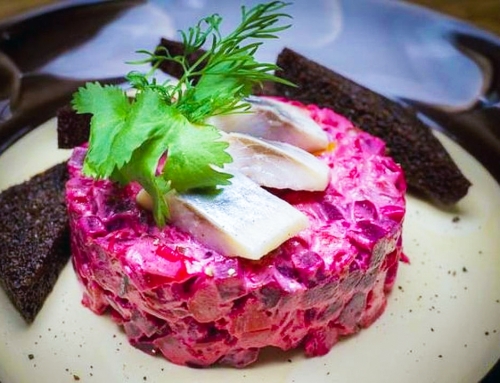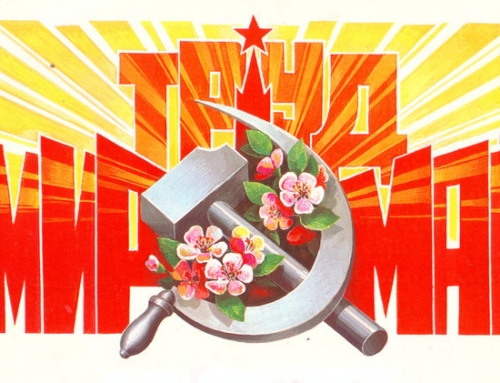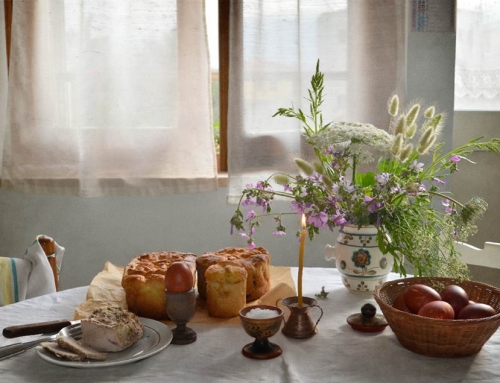Year after year we follow traditions of gifting, tree decorating and family togetherness, but where did these rituals come from? Concerning Christmas, here are THREE things you probably DON’T KNOW about the festivities surrounding the Holiday.
Christmas Trees Were Once Illegal
Until the late 1800s, Christmas tree were considered pagan symbols and were thus not accepted by many Americans. In fact, the state of Massachusetts made Christmas pretty much illegal as a way to try and stamp out any signs of pagan traditions. Puritans were known to fine people for hanging decorations, adorning trees, and even caroling.
The change came when the fashionable Queen Victoria and her German Prince Albert appeared in a newspaper sketch standing with the children next to a lavishly decorated Christmas tree. Little did she know that her beloved Majesty would set a new trend not only withe the Brits, but the fashion-conscious East Coast American “high society”. And so Christmas trees finally their way into American homes, becoming a staple of the Holiday Season.
December 25th not quite a Birthday
No specific date is giving in the Bible when it comes to Jesus’ birthday. Based on historical evidence, most scholars agree that Jesus was most likely born sometime in the Spring. It’s no coincidence that many cultures used to celebrate the New Year in the Spring as well – marking the rebirth of nature and the coming summer. So why does December 25th remain so significant?
Before Christianity took hold as the predominant religion in Europe, December 25th was cause for celebration but for very different reasons. In Northern European traditions for example, people celebrated the season of Yule as a way to honor the Winter Solstice. The annual movement of the sun was considered magical and so people celebrated their pagan deities on or around December 25th marking the shortest day and longest night of the year.
Pre-Christian Romans celebrated a similar Holiday known as Saturnalia, paying homage to the return of the gods from long and dark absences. Many people believe that the origins of celebrating Jesus’ birth on December 25th actually lies in a deal made between the Church and the Roman emperor sometime in the 4th century which essentially replaced the pagan celebrations with one unifying Christian Holiday – Christmas. As Rome accepted Christianity, the government tried to make the transition easier for their subjects by introducing new Christian celebrations in place of pagan festivities.
Extreme Gift Giving
During the month of December, ancient Romans celebrated a holiday known as Saturnalia. Holding a festival in honor of the deity Saturn, people celebrated with wild parties, public banquets and extreme gift giving ceremonies.
Yet unlike today’s craze of gifting lavish trinkets, the Romans gifted extreme experiences. Wealthy landlords, for example, were expected to pay a month’s rent for those who could not afford it, while masters and slaves exchanged clothes. Emperors even insisted that their most despised citizens bring gifts and offerings as a way to mock them while celebrating the changing of the seasons.
In America, extreme gifting became a staple of Christmas around the 1930 and ‘40s. Advertisements for products began to appear more frequently in newspapers and on TV, capturing attention and prompting an entirely new tradition of quantity over quality. Around the same time, people in the Soviet Union were embracing a simpler but no less important tradition of exchanging gifts on New Year’s Eve. As religion was pretty much stamped out in the Soviet Union, most Christian Holidays were replaced by neutral celebrations like New Year. Yet the traditions of gift giving and tree decorating remained. While there was a “deficit” on most of everything, people still managed to find and barter gifts. The most common gifts exchanged between adults were food items including chocolates, fine liquors, cheeses and teas.
This year, consider gifting as a way to exchange experiences and show appreciation rather than status. Savor the Holiday spirit with a box of delicious Russian chocolates or a cup of traditional Russian tea as a way to bring joy and spend quality time together.






